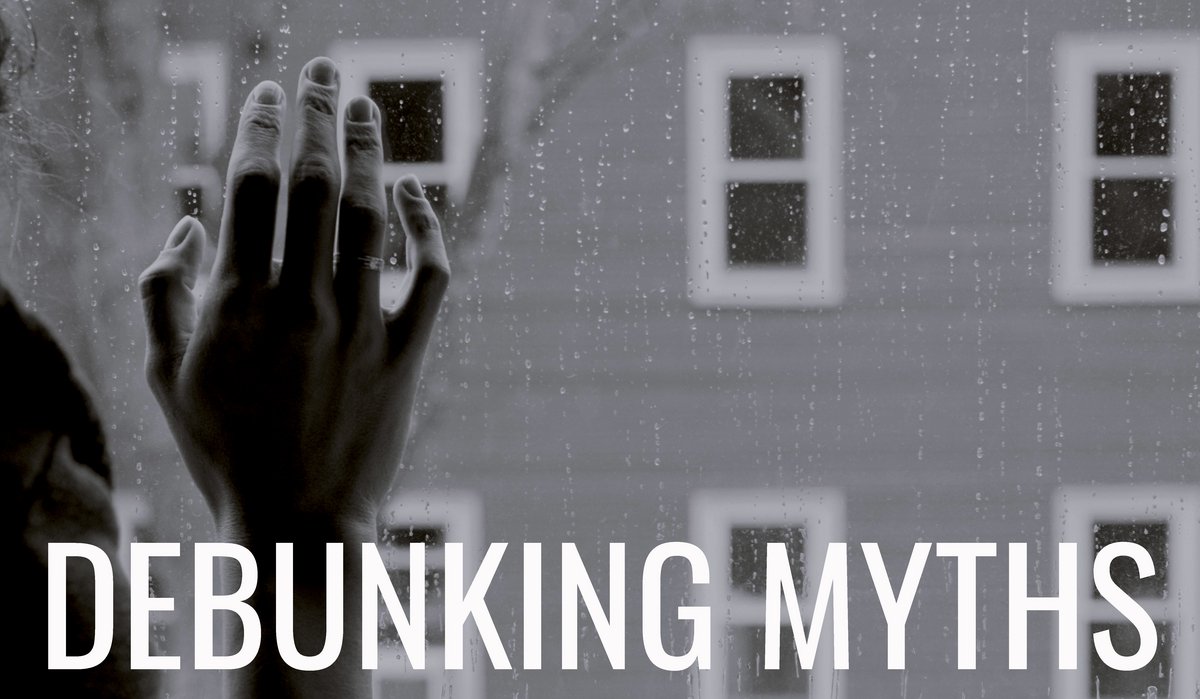Is suicide more common in the Nordics?
Despite regularly ranking high up in global happiness indexes, the image of the Nordic people as extraordinarily suicidal has persisted since the 1960s. The fact is that most studies do not indicate a particularly strong tendency towards suicide in the Nordic region. Nordic people are just like people elsewhere. Their struggles with suicide indicate the challenges of modern society and the tragedy of mental illness.

Outside observers perpetuate the suicide myth
In a 2011 article for Time magazine, writer Maia Szalavitz proposed to unravel a paradox about the Scandinavian countries: "the happiest countries also seem to have the highest suicide rates."
The suggested contradiction drew upon an oft-repeated, yet largely uncorroborated narrative that inhabitants of the Nordic region are unusually depressed and exceptionally prone to suicide. It is, in short, a myth. But how did this myth begin? And what is the reality of Nordic suicide today?
The image of the Nordic people as extraordinarily suicidal did not become internationally commonplace until the 1960s when foreign conservatives, most notably American president Dwight Eisenhower, linked high suicide rates in Sweden and Denmark with the “socialist” directives of the Scandinavian governments. The image of droves of Nordic citizens—depressed by gloomy weather, suppressed by tyrannical governments, driven to psychosis by drugs and drink—committing suicide remains a potent one, especially amongst foreign commentators who come to ‘the north’ to seek out the dark effects of socialism. The realities of Nordic suicide rates can thus come as a shock to these prospecting onlookers. As one perplexed reporter for the Wall Street Journal related: “The real question is, why don’t all Swedes kill themselves?"
Suicide rates are fairly average in the Nordics
In fact, most studies do not indicate a particularly strong tendency towards suicide in the Nordic region. In OECD data on suicide rates from 2014 to 2017, the Nordic countries appear around or under the median, with only Finland in the top 16, at number ten. The Nordic’s comparative standing may be even lower, since such statistics are unreliable due to discrepancies in both collecting practices and societal norms—for example, countries with a strong religious community may underreport statistics. In all five Nordic countries—with the possible exception of Iceland, where a small populace leads to a greater deal of annual variance—suicide rates have fallen over the last forty years, but this has not dented the image of suicidal Scandinavians. Ironically, the strong performance of the Nordic countries in world happiness surveys, beginning with the World Value Surveys of the 1990s and more recently in the World Happiness Reports published annually since 2012, has helped maintain the illusion of high suicide rates amongst writers like Szalavitz, eager to juxtapose the seemingly incompatible images of the happy and suicidal Scandinavian. Finland in particular, ranked number one in the World Happiness Report in 2018 and 2019, has attracted considerable consternation about how the self-destructive Finns could be considered the world’s happiest people. However, Finland, like the rest of Norden, has seen significant reductions in suicides over the past decades, and now possess rates comparable to the United States.
Mental health is an important public health issue
Acknowledging the myth of Scandinavian suicide does not diminish the importance of mental health and suicide as public issues in the Nordic region. Nordic societies, like many others, struggle with asymmetrically high suicide rates amongst vulnerable groups, especially teenagers, the elderly, and LGBTQ+ individuals. Loneliness, often misunderstood and undiagnosed, is a major cause of suicide and its manifestations have become increasingly complex in an interconnected world. Unresolved problems with addiction to prescription drugs and alcohol remain as well, further contributing to current suicide rates in northern Europe. All of these factors and others, including generational poverty and the impact of climate change upon traditional industries and customs, also account for the disproportionate rates of suicide amongst indigenous groups in the Nordics. Greenland, for example, where nearly nine-in-ten citizens are of Inuit background, has struggled under an “epidemic” of suicides for over a decade and consequently has one of the highest rates of suicide of any country.
Myth persists despite evidence to the contrary
The struggles with stress, isolation, and addiction highlight that Scandinavian suicide cases are not special: the causes are often universal, and rates in these countries are neither particularly high nor low. Indeed, many other indigenous populations confront similar challenges to those in the Nordic countries and thus have correspondingly large cases of suicide. The continued presence of suicides in countries with ostensibly high rates of happiness has led to speculation of wider trends in Western nations, wherein individuals surrounded by others’ happiness are more likely to commit suicide (See Daly et al (2011) for more on this). In these instances, Scandinavia forms a microcosm of global conditions arising out of modern lifestyles and societies.
Still, the myth of the suicidal Scandinavians persists, particularly amongst commentators wishing to discredit Nordic institutions and policies. Even those who wish to praise aspects in the Nordic countries like general equality often go out of their way to address the suicide issue, indicating a need to vindicate their positive images. The perpetuation of these themes suggests the narrative of Scandinavian suicide has taken on a reality independent of actual statistics. For many, it is a paradox meant to be solved, not questioned.
Further reading:
- Mary C. Daly, Andrew J. Oswald, and Daniel J. Wilson, ‘Dark Contrasts: The Paradox of High Rates of Suicide in Happy Places’ Journal of Economic Behavior & Organization, 80, 3 (2011), pp. 435–42.

